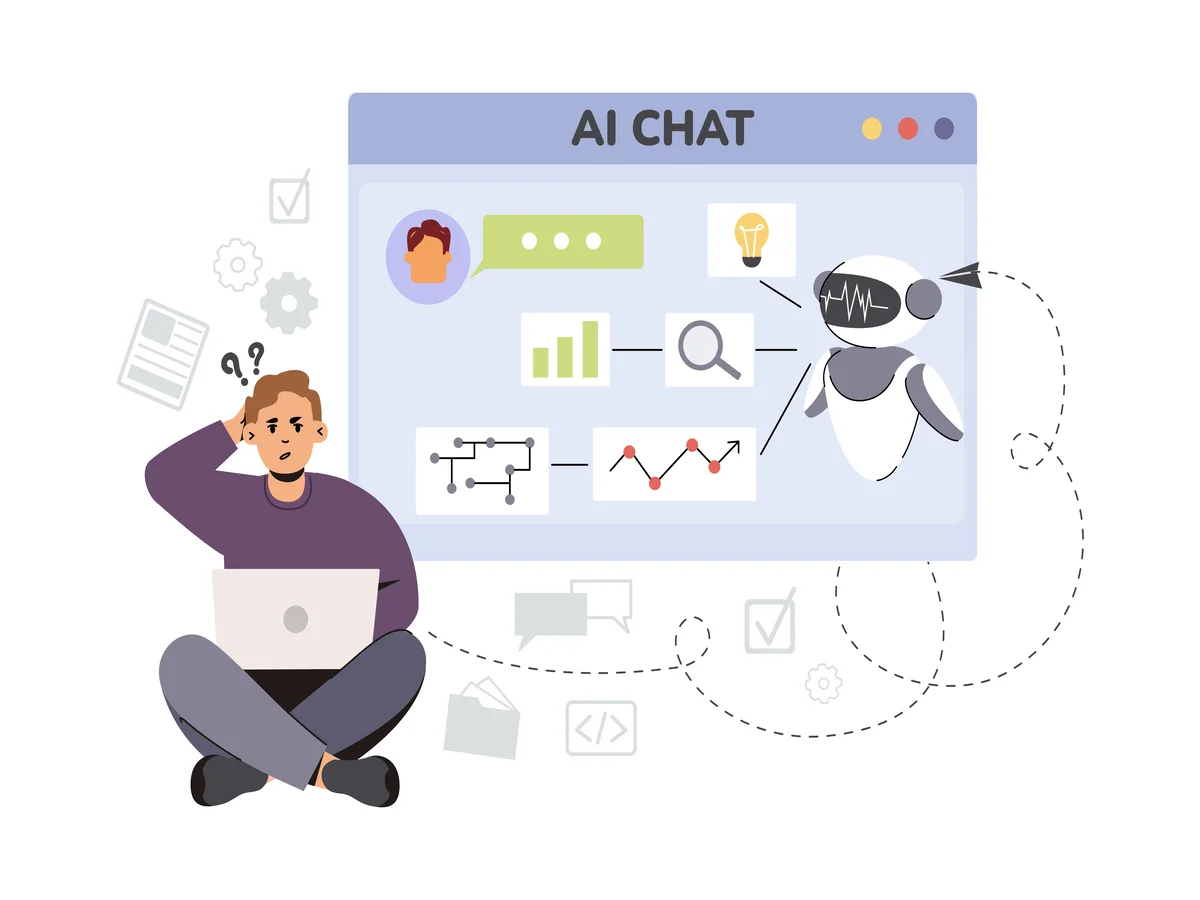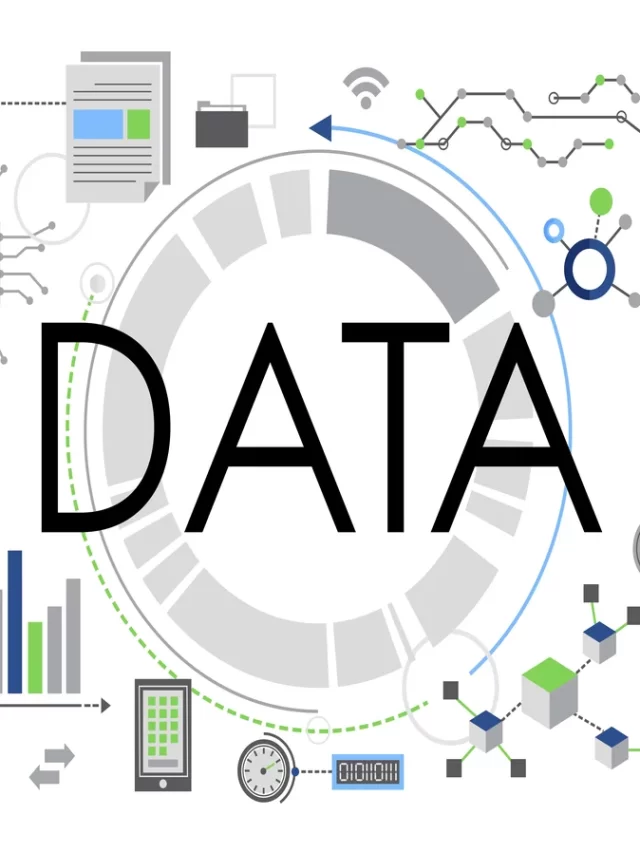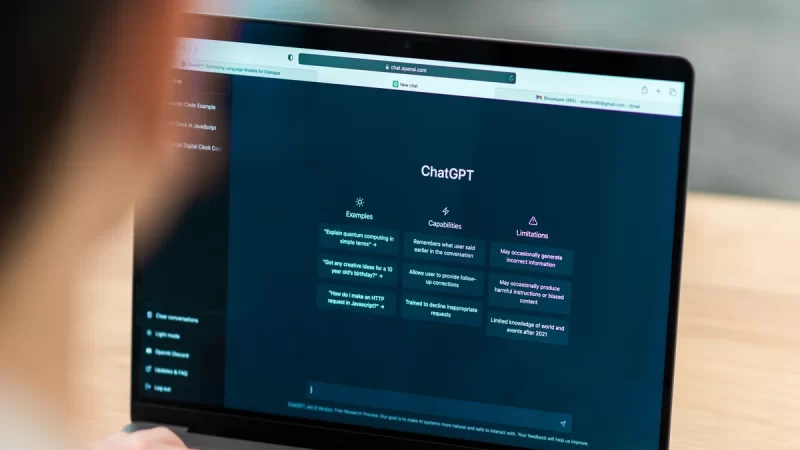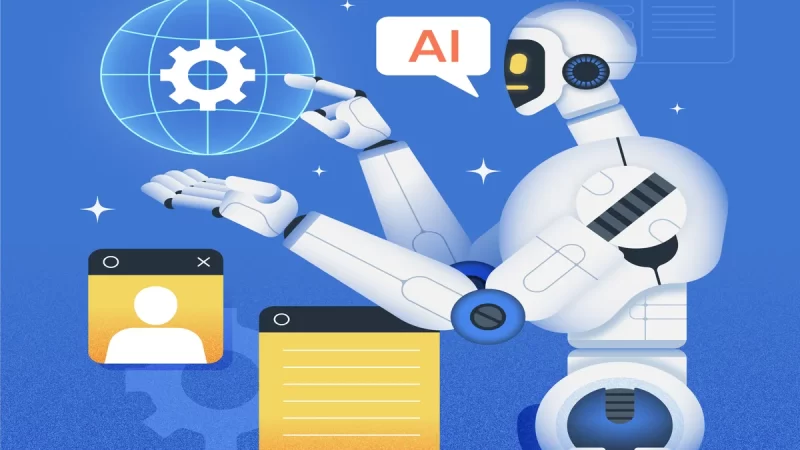Analyzing ‘Lazy’ GPT-4 Complaints on Google Reviews: OpenAI’s Investigation Unveils Insights

OpenAI’s latest GPT-4 has garnered both acclaim and criticism since its release. Among the varied responses, some users have labeled the AI as ‘lazy’ in online reviews, prompting OpenAI to conduct an investigation into these complaints. This analysis sheds light on the nature of these complaints, their validity, and the underlying reasons behind such perceptions.
What Is ‘Lazy’ Label?
The term ‘lazy’ used in the context of GPT-4’s performance warrants deeper exploration. In several instances, users might perceive the AI’s responses as ‘lazy’ due to:
- Repetitive Responses: Users may encounter repeated or similar answers across various queries, giving the impression of a lack of originality or effort.
- Lack of Specificity: Sometimes, GPT-4’s responses might lack the depth or specificity expected, contributing to the perception of laziness.
- Failure to Grasp Context: Despite its advancements, GPT-4 might struggle to fully comprehend the context of certain queries, leading to seemingly ‘lazy’ or irrelevant responses.
Validity of Complaints
While these complaints reflect user experiences, attributing the label of ‘lazy’ solely to GPT-4’s performance might oversimplify the situation. AI models, including GPT-4, function based on patterns in the data they’re trained on. The ‘lazy’ perception could stem from limitations in the training data or the inherent structure of the model rather than a lack of effort by the AI itself.
Insights from OpenAI’s Investigation
OpenAI’s investigation into these complaints unveils crucial insights:
- Data Limitations: GPT-4’s training data might contain biases or gaps that affect its responses, leading to repetitive or seemingly lazy answers. Efforts to diversify and refine training data could address this concern.
- Algorithmic Constraints: The architecture of GPT-4, while sophisticated, might have limitations in generating contextually relevant and diverse responses, contributing to the ‘lazy’ perception.
- User Expectations: Understanding user expectations and refining the AI’s responses to meet these expectations is an ongoing challenge. Managing user expectations regarding AI capabilities remains crucial.
Addressing the ‘Lazy’ Perception
To combat the ‘lazy’ label associated with GPT-4, OpenAI is taking proactive steps:
- Continuous Improvement: OpenAI is committed to refining and updating the model, addressing issues highlighted in user feedback to enhance the AI’s performance.
- Enhanced Training Data: Efforts are underway to enrich and diversify the training data to minimize biases and improve response quality.
- Contextual Understanding: Improving GPT-4’s comprehension of context and user intent is a priority, aiming to deliver more nuanced and contextually relevant responses.
Future Perspectives of ‘Lazy’
As AI technologies evolve, addressing user concerns and perceptions is crucial. OpenAI’s commitment to enhancing GPT-4’s capabilities demonstrates the iterative nature of AI development and its responsiveness to user feedback.
Key Takeaways
The ‘lazy’ label attributed to GPT-4 in certain Google reviews warrants consideration beyond face value. OpenAI’s investigation reveals that these complaints often stem from inherent limitations in the model’s design and the data it was trained on. By continuously refining the model, diversifying training data, and improving contextual understanding, OpenAI aims to overcome these challenges and deliver a more robust and responsive AI experience.
Frequently Asked Questions about OpenAI’s GPT-4:
GPT-4 (Generative Pre-trained Transformer 4) is an advanced language generation model developed by OpenAI. It’s designed to understand and generate human-like text based on the patterns it learns from extensive training on diverse datasets.
GPT-4 builds upon the advancements of its predecessors by offering improved language understanding, context retention, and generating more coherent and contextually relevant responses. It aims to minimize biases and enhance its ability to understand and generate nuanced content.
GPT-4 is versatile and capable of various language-related tasks such as text completion, translation, summarization, question answering, and more. Its capabilities extend to generating creative content, aiding in programming tasks, and assisting with customer support, among other applications.
While GPT-4 represents a significant leap forward in AI language models, it’s not flawless. It might still generate incorrect or inappropriate content and can struggle with context in certain situations. Continuous improvement is an ongoing goal for OpenAI.
OpenAI works on mitigating biases by refining the training data and incorporating methods to reduce bias propagation in generated text. However, complete eradication of biases remains a complex challenge in AI development.







